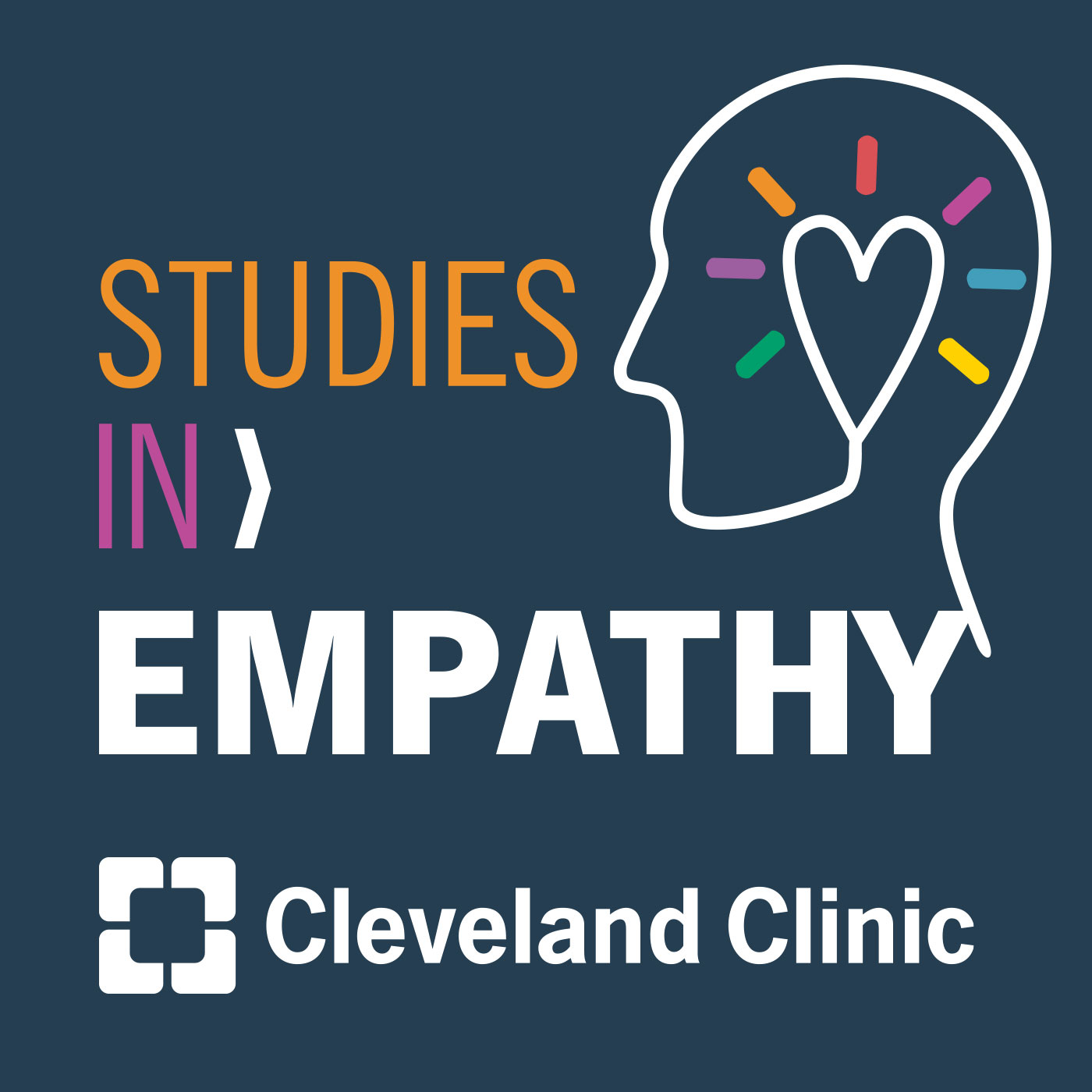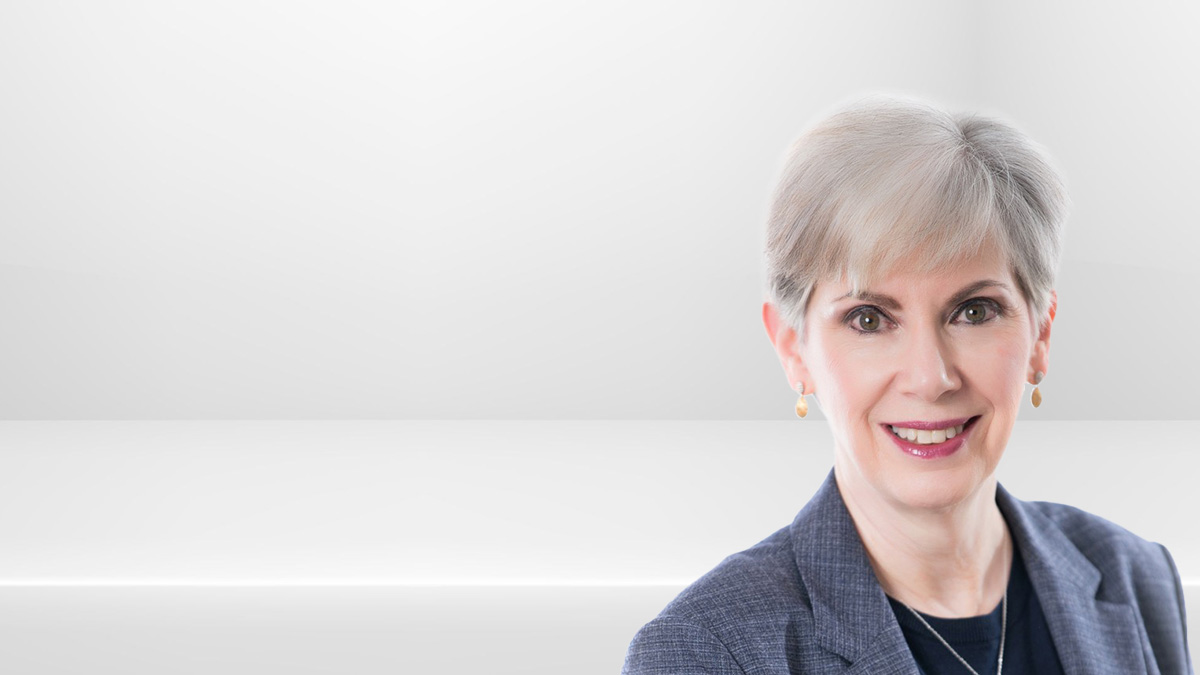
Studies in Empathy
Subscribe:

Featured Episode
Operating with Empathy
How do you keep an entire enterprise operating effectively and efficiently while maintaining empathy and putting patients first? Join host, Steph Bayer, as she sits down with Andi Jacobs, Executive Director of Operations at Cleveland Clinic. In this episode, Andi shares her career journey and how each experience has shaped her as a leader while shedding light on how important each piece of the operations team is not only in keeping the hospital running but also guiding patients through their healthcare journeys with grace, empathy and purpose.
Play NowAll Studies in Empathy Episodes
March 1, 2024
High Reliability Requires Empathy
Does building a culture of high reliability help caregivers show empathy to patients and to each other? Listen as host Steph Bayer and Cleveland Clinic Associate Chief Safety Officer, Dr. Amrit Gill discuss how empathy is key to building a culture of open communication, psychological safety, accountability, and high reliability.
Play NowJanuary 1, 2024
The Next Innovation in Experience is High Reliability
How does high reliability fit into patient experience? In this episode, host Steph Bayer speaks with Chrissy Daniels, Chief Experience Officer at Press Ganey, the world's leading Human Experience platform for healthcare. Chrissy talks about the power of transparency, the difference between the absence of complaints and the presence of trust-building behavior, and how highly reliable processes are key to patient experience.
Play NowNovember 1, 2023
Tales from a Resident
What is it like to have a patient's life in your hands? Host Steph Bayer speaks with Dr. Cassandra Garraud, a third-year Internal Medicine resident at Cleveland Clinic. Dr. Garraud was recognized in 2021 as a Cleveland Clinic Hero for the personal impact she made on one of her patients. In this episode, she tells us about that powerful moment, how empathy was crucial to saving her patient's life, and how communication skills are key to giving and receiving empathy.
Play NowOctober 1, 2023
What Else but ELSO?
What does it mean to be an empathetic leader? In this episode, host Steph Bayer has a conversation with Christine Stead, CEO of the Extracorporeal Life Support Organization (ELSO) and adjunct instructor at the University of Michigan. Christine talks about the role of her organization during the harrowing COVID-19 pandemic, the power of servant leadership, and why having a range of experiences is needed for empathy to exist in a meaningful way.
Play Now

